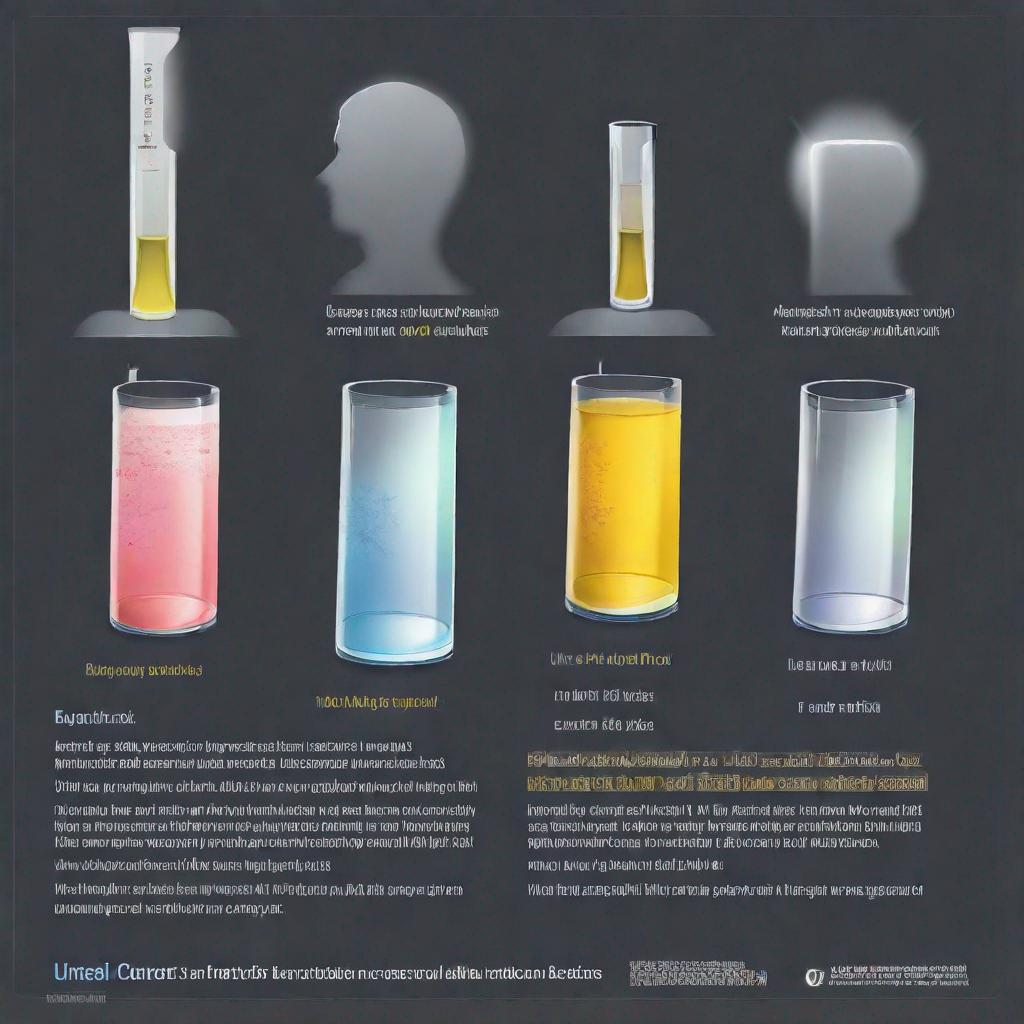## Urine Culture: A Comprehensive Medical Test for Urinary Tract Infections
**Introduction**
A urine culture is a medical test that examines urine for the presence of bacteria or other microorganisms. It helps identify bacterial infections in the urinary tract, including the urethra, bladder, ureters, and kidneys. The test provides valuable information for diagnosing, treating, and preventing urinary tract infections (UTIs).
**Procedure**
A urine culture involves collecting a urine specimen, typically using a sterile container. The healthcare professional may instruct patients to collect a **midstream urine specimen**, where the initial and final urine streams are discarded, and only the midstream urine is collected. This minimizes contamination from external sources.
The urine sample is then sent to a laboratory for analysis. Laboratory technicians use **bacterial culture** and **Gram stain** techniques to identify the type of bacteria present, its quantity, and its susceptibility to antibiotics.
**Diagnosis**
A urine culture can diagnose various urinary tract infections, including:
* **UTI** (uncomplicated and complicated)
* **Cystitis** (bladder infection)
* **Pyelonephritis** (kidney infection)
* **Urinary sepsis** (bacterial infection in the bloodstream originating from the urinary tract)
The test can also detect **asymptomatic bacteriuria**, a condition in which bacteria are present in the urine without causing any symptoms.
**Importance**
Urine culture is an essential test for diagnosing UTIs because it:
* Identifies specific bacteria causing the infection
* Guides appropriate antibiotic selection based on **antibiotic susceptibility testing**
* Monitors the effectiveness of antibiotic treatment
* Helps prevent **antibiotic resistance** by identifying appropriate antimicrobial therapy
* Facilitates early diagnosis and treatment, minimizing the risk of complications
**Alternatives**
Alternative tests to urine culture may include:
* **Urinalysis:** Tests urine for the presence of bacteria, white blood cells, and other indicators of infection. However, it is less specific than a urine culture in identifying the bacteria responsible.
* **Gram stain of urine:** Examines urine under a microscope to detect bacteria shape and type.
* **Cystoscopy:** A procedure that uses a thin tube with a camera to examine the inside of the urethra and bladder.
* **Bladder ultrasound:** Produces images of the bladder to assess the presence of stones, tumors, or other structural abnormalities.
**Preparation**
Before undergoing a urine culture, patients should:
* Clean the genital area thoroughly before collecting the sample.
* Collect the urine midstream to minimize contamination.
* Avoid touching the inside of the collection container.
* Label the container clearly with their name and date.
**Duration**
The urine culture process typically takes:
* 24-48 hours for **quantitative urine culture** (determines the number of bacteria in the urine)
* 2-4 days for **semi-quantitative urine culture** (estimates the number of bacteria present)
Patients usually receive their **laboratory result** within a few days.
**Recommendations**
For comprehensive urinary tract evaluation and management, additional tests may be recommended in conjunction with a urine culture:
* **Urinalysis**
* **Blood culture:** To detect bacterial infection in the bloodstream
* **Imaging studies:** To assess the structural integrity of the urinary tract
* **Urodynamic testing:** To evaluate bladder function and urinary flow patterns
* **Referral to a urologist or infectious disease specialist:** For complex or recurrent infections
**Conclusion**
Urine culture is a vital medical test for diagnosing, treating, and preventing urinary tract infections. By identifying the type and susceptibility of bacteria present, it guides appropriate antibiotic therapy, minimizes the risk of complications, and promotes effective antimicrobial stewardship. Patients should follow the prescribed preparation instructions to ensure the accuracy and reliability of their test results.



